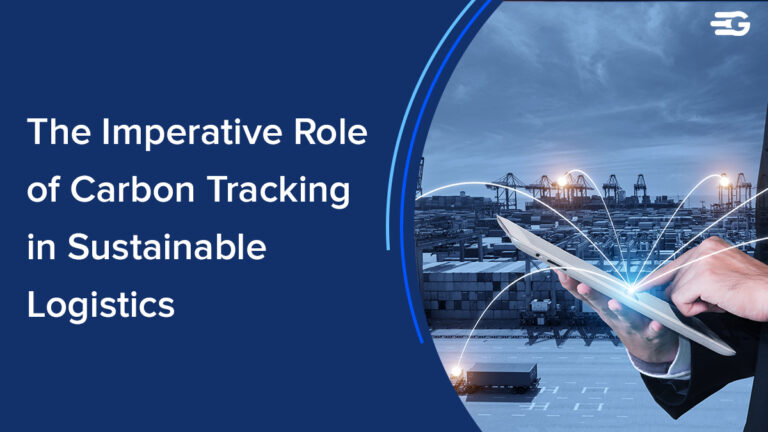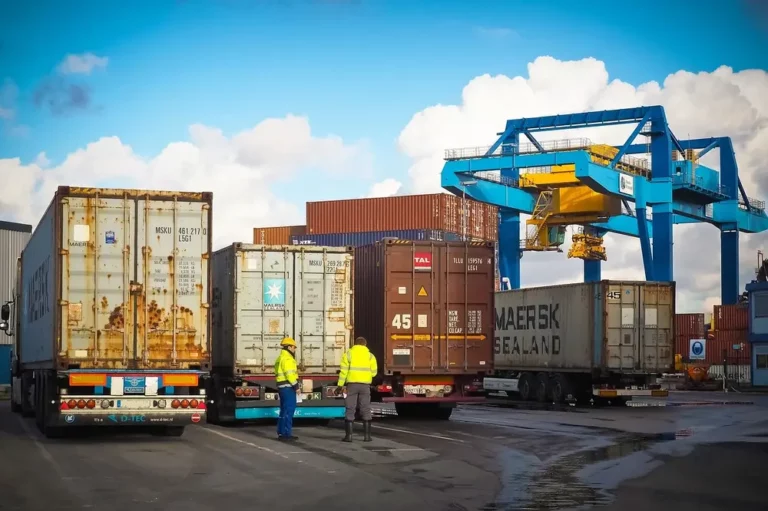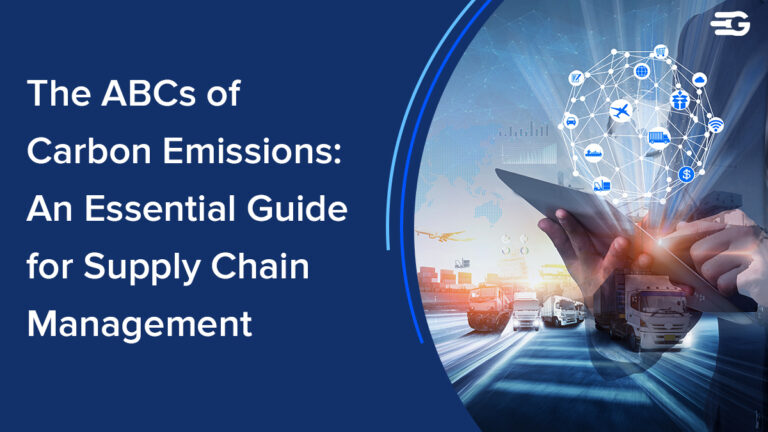Global Supply Chain Sustainability: A Comprehensive Analysis
Sustainability is now central to how global logistics operates. With growing expectations from customers, regulators, and investors, supply chain leaders are rethinking the impact of their networks on the environment and society.
This guide explains what global supply chain sustainability looks like in practice. It covers the real challenges companies face, the strategies that work, and examples of success. Whether you’re managing large-scale shipments or just starting to evaluate your processes, the insights here are designed for enterprise teams.
What is supply chain sustainability?
Global supply chain sustainability means integrating environmental, social, and economic responsibility into every operational layer. The goal is to reduce harm, increase efficiency, and build systems that last.
Sustainability includes fair labor practices, ethical sourcing, and smarter operations. For enterprise-level logistics, it also ensures regulatory compliance, a stronger brand reputation, and reduced operational risk.
Key Challenges in Achieving Supply Chain Sustainability
Making supply chains sustainable isn’t a light lift. Here are the main challenges:
- Complex supplier networks create difficulty in enforcing uniform sustainability standards.
- Limited visibility across the chain delays action and increases risk exposure.
- Initial investment costs for systems and processes can slow decision-making.
- Varying regulatory expectations across regions demand tailored approaches.
Tackling these issues requires structured planning, team alignment, and tools built for real-time collaboration.
Best Practices for Sustainable Supply Chains
The most effective strategies we’ve seen include:
- Engage suppliers early. Set shared goals and require clear sustainability reporting.
- Use centralized systems. Combine real-time tracking, analytics, and carbon monitoring in one platform.
- Design with reuse in mind. Prioritize packaging and products that can be recycled or disassembled.
- Embed sustainability into KPIs. Monitor emissions, vendor conduct, and progress regularly.
These steps help teams build supply chains that are leaner, clearer, and more accountable.
Case Studies Illustrating Supply Chain Sustainability
Real companies are putting these ideas into motion:
- Apple cut emissions by 5% in 2024 using renewable energy and improving supplier engagement.
- The Mexican Avocado Industry introduced “The Path to Sustainability” to address deforestation and water use. Axios
- In Taiwan, Solar Applied Materials and Tung Ho Steel use urban mining to reduce dependence on new resources.
- Essentra, a global manufacturer, improved logistics with GoComet’s tools – GoTrack, GoInvoice, and GoProcure. This shift helped cut freight costs by 4.34% and resolved over 6.75% of invoice discrepancies in 2023.
These examples show how strategic changes deliver results across cost, compliance, and impact.
Measuring and Reporting Sustainability Efforts
Clear reporting keeps progress on track. Here’s how teams are doing it:
- Track key data points: emissions, energy use, water, and waste.
- Apply consistent frameworks: GRI and SASB ensure transparency.
- Share updates often: Regular reports keep stakeholders informed.
One client’s feedback says it best:
“GoComet’s carbon emission monitoring helped us track each shipment’s environmental impact while providing alternative actions for predicted delays. With real-time visibility, ‘in transit’ is no longer uncertain – we always know where our shipments are.”
– Alicia Firmeza, Vice President of Enterprise Service at First Philec
Strong reporting systems drive faster decisions and more reliable performance.
Final Takeaway
Sustainability isn’t a trend – it’s becoming the standard. Businesses acting now are setting themselves up for stronger operations and long-term success.
GoComet helps enterprise logistics teams cut waste, increase transparency, and stay ahead of industry demands. The right tools are already here.
Let’s move your supply chain forward – one shipment at a time.
Frequently Asked Questions (FAQs)
What is global supply chain sustainability?
Global supply chain sustainability refers to managing logistics in a way that reduces environmental impact, supports ethical labor practices, and promotes economic viability across all operational layers.
Why is sustainability important in supply chains?
Sustainable supply chains help companies comply with regulations, reduce costs through efficiency, improve brand trust, and minimize long-term risks.
What are the benefits of a sustainable supply chain?
Sustainable supply chains reduce costs, increase efficiency, minimize risk exposure, improve stakeholder trust, and help companies stay ahead of regulatory and customer expectations.
How can companies implement sustainability in their supply chains?
Companies can begin by mapping out their supply chain, identifying emissions and waste hotspots, engaging with suppliers to set sustainability standards, adopting tracking and reporting tools, and integrating sustainability into procurement and performance metrics.
What challenges do businesses face in achieving supply chain sustainability?
They face hurdles like fragmented visibility, inconsistent regulations, resistance to change, lack of internal alignment, and high upfront investment in technology and process redesign.
What are some examples of sustainable supply chain practices?
Recycling and reuse of packaging materials, choosing environmentally certified suppliers, reducing freight emissions with better routing, and using real-time tracking and emissions monitoring tools like GoComet.
How can technology support supply chain sustainability?
Digital tools like GoComet help track shipments, monitor emissions, manage procurement, and automate reporting. These features create transparency and support faster, informed decisions.






